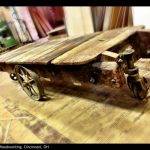We may receive a commission when you use our affiliate links. However, this does not impact our recommendations.
I am an fan of Campaign furniture. I build them and I teach how to do so. I admire their intelligent designs, their reputable structure, and I am in awe of their remarkable functionality. Campaign furniture were designed to withstand the challenges of traveling in the most harshest of climates. In many cases they were meant to be collapsible or stackable in order to allow the user the convenience of reconfiguring them to his changing needs. A case of drawers, for instance, could be made of two equal units that were carried on either side of a mule’s back. Then, at the final destination the units were simply installed one on top the other. Campaign furniture also had innovative hardware that did not overly burden the traveller with aesthetic excessiveness. Again, in the case of chests, pieces were fitted with sunken handles to simplify shipping while protective brass corners were installed to fortify their structure and prevent damage on the move.
In my day job at Robert Lighton New York I frequently restore, adjust, and sometimes change existing designs of furniture that are made to our designs in India. We have a few Campaign furniture pieces in our catalog and in most cases they arrive to our warehouse ready to be finished (we do the finish here in Brooklyn). Yet, six months ago our factory in India sent us two Campaign chests that did not include any hardware. My challenge was to fit them with the missing hardware and to do so with expedience.
In the following pictures you can see the lower part of the chest (without hardware). The other pictures depict the incremental process of fitting the hardware. In my next blog entry I will explain how I made a set of templates to install the small sunken handles.
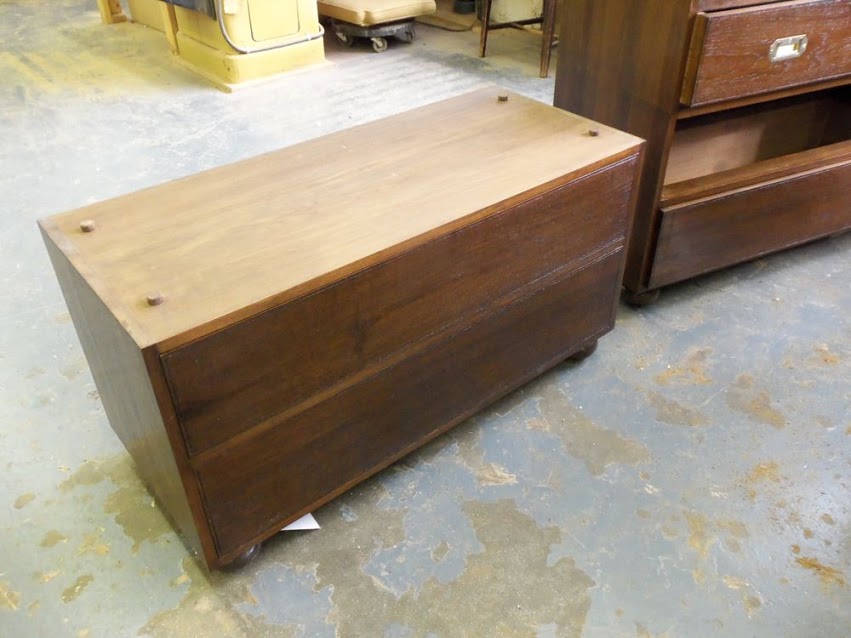
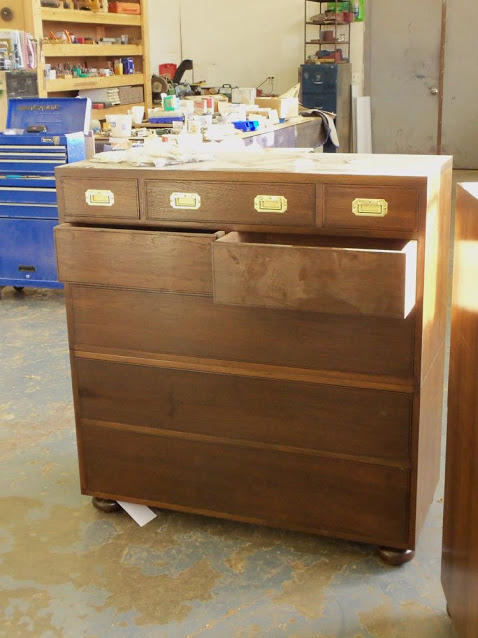
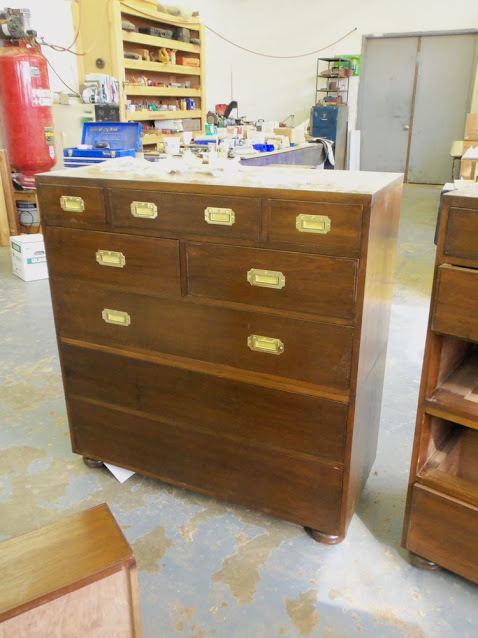
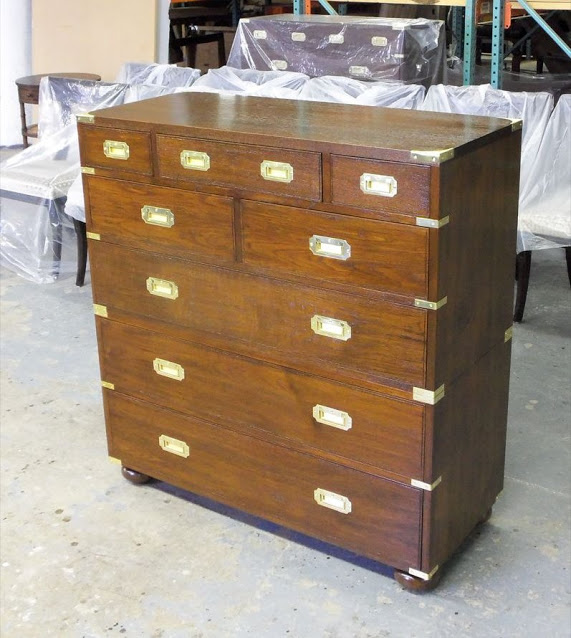
Here are some supplies and tools we find essential in our everyday work around the shop. We may receive a commission from sales referred by our links; however, we have carefully selected these products for their usefulness and quality.







